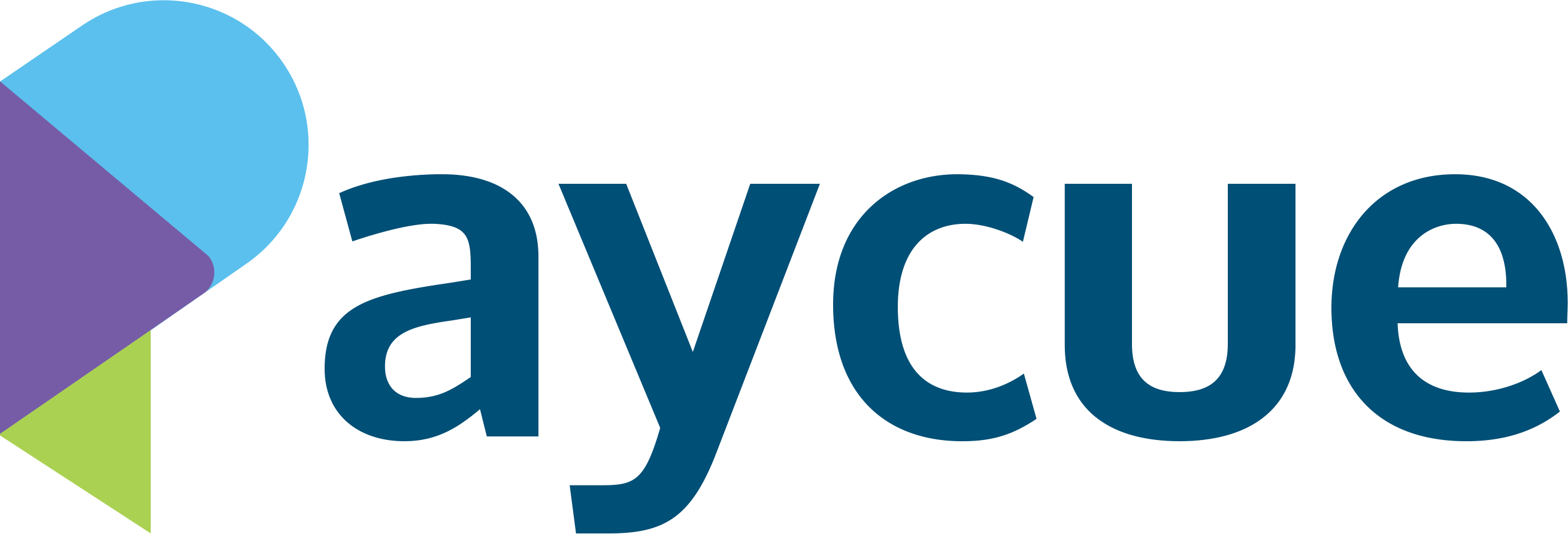
5 Key Benefits of Implementing a Loyalty Program in Your Liquor Store
If you own a liquor store, you probably know that keeping customers coming back is essential for long-term success. One of the most effective ways to do this is by implementing a loyalty program.























